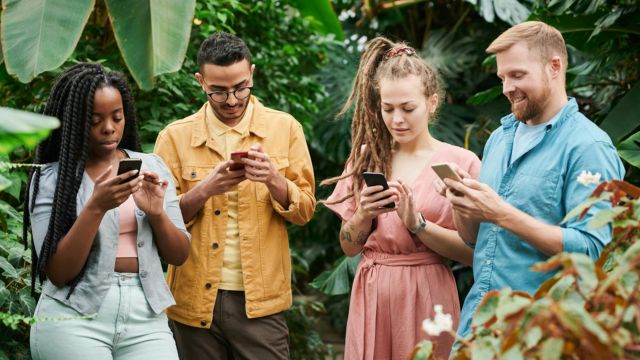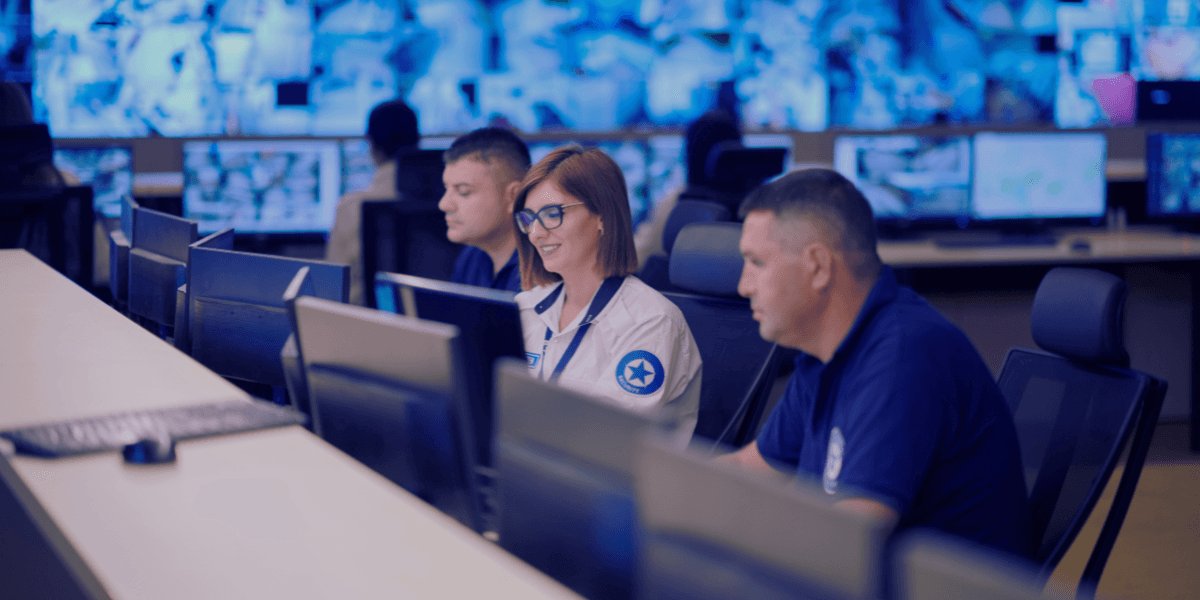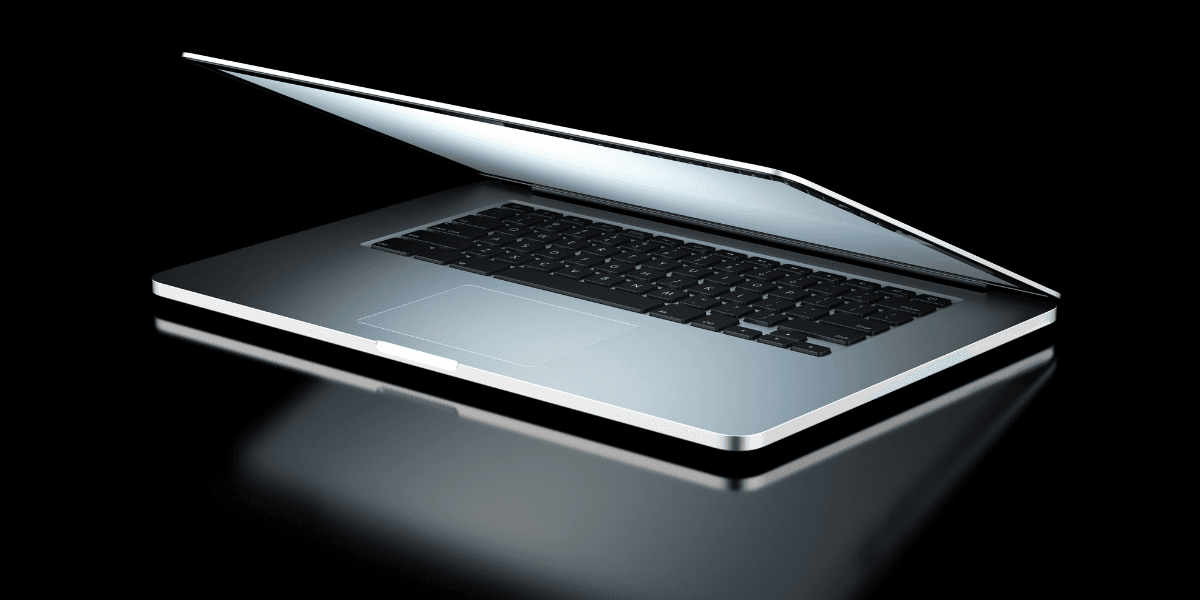Did you know that despite having instant access to 4.7 billion people worldwide through our devices, reports of loneliness among young adults have reached record highs? This paradox sits at the heart of our digital age—we're simultaneously more networked and more isolated than any generation before us. The question isn't whether technology connects us; it's whether those connections actually matter.
Every ping, buzz, and notification promises connection, yet many of us feel more scattered than ever. We're living through the greatest communication revolution in human history, but somehow the quality of our relationships seems to be declining. Let's dig into this digital dilemma and uncover what's really happening beneath the surface of our hyperconnected lives.
1. The Illusion of Connection
Social media platforms have mastered the art of making shallow interactions feel meaningful. A quick "like" on Instagram or a fire emoji on TikTok triggers the same dopamine hit as genuine human contact, but without the depth that builds lasting relationships. These micro-interactions create what researchers call "ambient intimacy"—the feeling of being connected to someone's life without actually engaging with them meaningfully.
Consider how you feel after scrolling through Facebook for an hour versus having a 20-minute phone conversation with a friend. The scroll session might expose you to updates from 50 people, but the phone call likely left you feeling more genuinely connected to just one person. This highlights the fundamental difference between passive consumption of others' lives and active participation in relationships.
The problem deepens when we mistake these digital breadcrumbs for actual connection. We tell ourselves we're "staying in touch" when we're really just consuming curated highlights of people's lives, creating an illusion of closeness that can actually prevent us from reaching out for deeper engagement.
2. Attention Fragmentation is the Real Enemy
Our devices don't just connect us to others—they fragment our attention into countless pieces throughout the day. The average smartphone user receives 80-100 notifications daily, creating a constant state of partial attention that makes deep connection nearly impossible. When your mind is perpetually ready to respond to the next ping, you can't fully present with the person sitting across from you.
This fragmentation extends beyond just missing social cues during dinner conversations. Research shows that even having a smartphone visible during face-to-face conversations reduces the quality of those interactions, as our brains remain partially focused on the possibility of digital interruption. We've trained ourselves to expect constant stimulation, making the natural pauses and rhythms of human conversation feel uncomfortable.
The irony is palpable: devices designed to enhance communication are actually degrading our capacity for the sustained attention that meaningful communication requires. We're becoming conversational multitaskers, which is about as effective as it sounds.
3. Quality vs. Quantity in Digital Relationships
Technology has dramatically expanded our social circles, but at what cost? The average Facebook user has 338 friends, yet anthropologist Robin Dunbar's research suggests humans can only maintain about 150 meaningful relationships. This mismatch between our digital reach and our biological capacity creates a peculiar form of social overwhelm.
We end up spreading our relational energy thin across hundreds of weak connections rather than investing deeply in the relationships that matter most. Birthday reminders from Facebook might help us acknowledge acquaintances, but they don't replace the intentional effort required to maintain close friendships. The ease of digital connection can actually make us lazier about nurturing our most important relationships.
The pandemic revealed this distinction clearly. Those who maintained strong relationships through video calls and intentional digital contact thrived, while those who relied primarily on social media consumption felt increasingly isolated. The technology was the same; the intentionality behind its use made all the difference.
4. The Comparison Trap Amplifies Isolation
Social media platforms profit from engagement, and nothing drives engagement quite like envy and inadequacy. The carefully curated highlight reels we see online create unrealistic standards for our own lives, leading to what researchers call "compare and despair" syndrome. When everyone else seems to be living their best life online, our ordinary moments feel insufficient by comparison.
This constant comparison doesn't just make us feel bad about ourselves—it actively discourages authentic sharing and vulnerability, the very ingredients that create genuine connection. We become performers rather than participants in our own social networks, crafting content for likes rather than sharing genuine experiences for connection.
The algorithmic nature of these platforms amplifies this effect by showing us content designed to provoke strong emotional responses, including envy and FOMO. We're not seeing a representative sample of our friends' lives; we're seeing the moments specifically chosen to generate engagement, creating a distorted reality that makes authentic connection even more challenging.
5. Digital Communication Loses Emotional Nuance
Text-based communication strips away crucial contextual information that helps humans understand each other. Tone of voice, facial expressions, body language, and timing all contribute to meaning in ways that emojis and punctuation simply can't replicate. This limitation leads to frequent misunderstandings and requires us to work harder to convey and interpret emotional meaning.
Video calls help bridge this gap, but they introduce their own challenges. The slight delay in digital communication disrupts natural conversation rhythms, making interruptions more likely and reducing the natural flow of dialogue. Even with high-quality connections, something feels different about digital interaction compared to in-person conversation.
The efficiency of digital communication can also work against depth. When we can fire off a quick text instead of having a longer conversation, we often choose the expedient option. This gradual shift toward briefer, more superficial communication patterns can erode our capacity for the kind of extended dialogue that builds understanding and intimacy.
6. The Paradox of Choice in Connection
Dating apps promise access to thousands of potential partners, but studies show this abundance of choice actually makes it harder to form lasting relationships. When infinite options are always available, commitment becomes more difficult. This "paradox of choice" extends beyond dating to all forms of digital connection—when we can instantly connect with anyone, we often end up deeply connected to no one.
The ease of digital connection also makes it easier to avoid difficult conversations or conflict resolution. Instead of working through challenges in existing relationships, we can simply swipe to new connections or scroll to different content. This avoidance pattern prevents us from developing the skills necessary for maintaining long-term, meaningful relationships.
Social media algorithms compound this problem by showing us content from people who think like us, creating echo chambers that reinforce our existing beliefs rather than challenging us to grow. While this might feel comfortable, it actually limits our capacity for the kind of meaningful dialogue and disagreement that characterizes deep relationships.
7. Reclaiming Intentional Connection
The solution isn't abandoning technology but using it more intentionally. This means treating digital tools as just that—tools designed to facilitate real connection rather than replace it. Set specific times for checking social media instead of allowing constant interruption throughout your day. Use technology to arrange in-person meetings rather than substituting digital interaction for face-to-face connection.
Consider implementing "connection hygiene" practices similar to digital detox routines. This might mean having phone-free dinners, designated times for deep conversations without devices, or choosing to call instead of text when discussing important topics. The goal is creating space for the kind of sustained attention that meaningful relationships require.
Practice vulnerability in your digital communications. Instead of sharing only highlights, occasionally share struggles or ordinary moments. Ask genuine questions about others' experiences rather than simply consuming their content. Use technology to facilitate deeper conversation rather than replace it.
The Path Forward
Technology isn't inherently good or bad for human connection—it's a powerful amplifier of our existing intentions and habits. When we use it mindfully to facilitate genuine interaction, it can enhance our relationships in remarkable ways. When we use it mindlessly as a substitute for real engagement, it becomes a barrier to the very connection we're seeking.
The question isn't whether we should embrace or reject digital connection tools, but how we can use them to serve our deeper human needs for understanding, intimacy, and belonging. In a world of infinite digital possibilities, perhaps the most radical act is choosing depth over breadth, presence over productivity, and genuine connection over mere contact.
What would your relationships look like if you treated technology as a bridge to deeper human connection rather than a destination in itself?
📚 Sources
1. Pew Research Center. "Mobile Technology and Home Broadband 2021." Pew Research Center, 2021.
2. Dunbar, Robin. "Grooming, Gossip, and the Evolution of Language." Harvard University Press, 1998.
3. Turkle, Sherry. "Alone Together: Why We Expect More from Technology and Less from Each Other." Basic Books, 2017.
4. Schwartz, Barry. "The Paradox of Choice: Why More Is Less." Harper Perennial Modern Classics, 2016.












